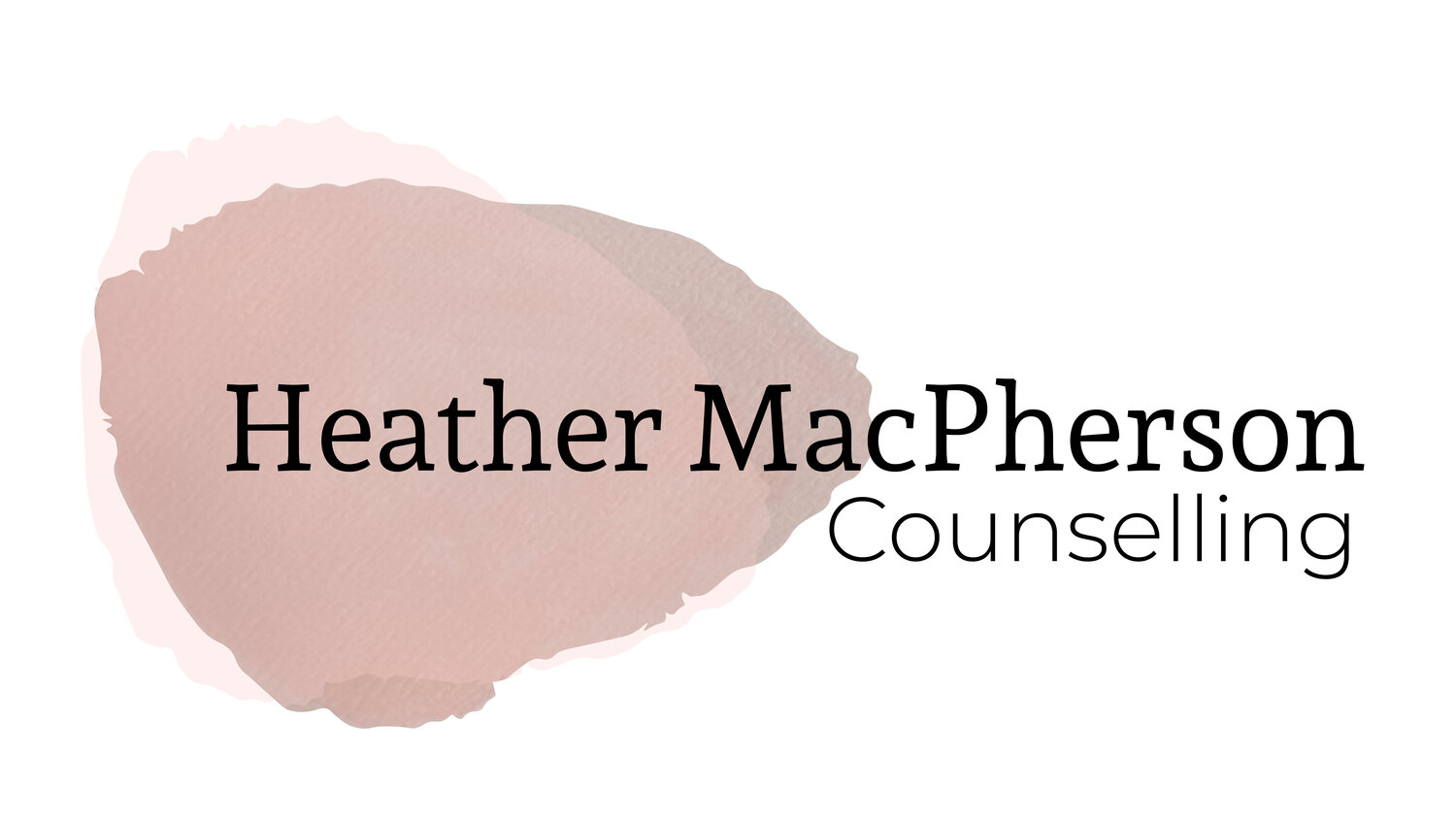Defusion Techniques and Therapy skills from Acceptance adn Commitement Therapy in BC Part 2
Defusion helps you see your thoughts as just words or images, not as truths you have to follow. We can defuse from thoughts and self-judgements. You don’t have to determine if a thought is true or not, you just have to create space from it (defuse) and watch the thought from a distance. We want to learn to look AT the thought as opposed to FROM (the inside of ) thought.
Here are more techniques:
Say the troublesome word over & over for 30–60 seconds. If the thought it “I am stupid” say the word stupid over and over in different voices, in different tones over and over until your brain gets bored of thinking this is a powerful thought!
Disobey on purpose (1): Hold something (your phone if you have it with you) in your hand and walk around the room (if physically able) while saying, I can’t hold my phone while walking around the room. This helps train the brain that it doesn’t have to listen to the rules and regulations – teaches your brain to disobey or go directly against a thought and tells your mind that that it doesn’t have power
Sing it (1)Take the upsetting, distressing, or obsessive thought and put it to the tune of Happy Birthday or Jingle Bells. Sing the thought over and over to get your brain used to having a thought without having to take it seriously or obey it
(1) Say the upsetting, distressing, or obsessive thought and say it in different character voices, different accents, different pitches (high and low) and different speeds (super slow, super fast). If you’re bilingual (or trilingual!) do the same in another language.
· (1)Choose a word that distresses you in the thought (eg anxious) and spell it backwards. Suoixna. Say the word over and over? What meaning does this new word have? How can the same word spelled backward mean so little?
· (1)Play the name game with the thought: “I’m stupid stupid bo bupid, banana nana fo fupid, mi my mo mupid, stupid!
· (1)Visualize the thought as an object and look at it from a distance. What does the thought look like? What color is it? What is its size? Texture? Color? Scent, Speed, consistency?
· (2) Answer questions (if you think it will be helpful): What if these thoughts, emotions and sensations fully controlled my life? How would it look? Where would I be? Would I even be here?
· Don’t need to figure your thoughts out or determine which are correct or incorrect to defuse them (1).
· The Hand Exercise (1): One of my favorites of the founder of ACT, Hayes: Imagine writing down your unhelpful thought on your hand – or write it on it you feel okay to do so. Hold your hand/palm close to your face. With your hand so close to your ace, it is hard to see anything at all – if your palm is super close to face, it’s even hard to see your thought. The thought/your palm is dominating your awareness.
o Next hold your hand straight away from your face. Npotice how it is easier to see things outside of the thought – you can see your thought but also see what is around it.
o Now move your hand a little bit to one side so that you can see if needed in your peripheral vision but so that you can also clearly see what is ahead and what is around you.
o Notice how there’s more space around you to see things outside of the thought.
o Do this exercise with multiple thoughts to help create physical space.
· The Little Kids Exercise (1) Replacing self – judgement with self-compassion is an essential part of healing. Labeling thoughts as stupid or ridiculous is not helpful. Thoughts are thoughts – neither negative or positive. To practice self-compassion, imagine a very young version of yourself carrying the difficult thought. Imagine what you looked like, and if you can, hear the words of the thought through your child self’s voice. Focus on what you might do or say if your goal was to be there and support the child. Picture yourself picking up and hugging the child self if it feels safe. Ask yourself how you could metaphorically give yourself that same support and compassion now.
All techniques adapted from (cited as (1), and (2).
Hayes, S. C. (2019). A liberated mind: How to pivot toward what matters. Avery.
Caufield, C. (2023). Acceptance and commitment therapy toolbox: 90 exercises and worksheets to help overcome depression, addiction, OCD, and reduce anxiety. Independently published
Offering In person counselling near Mission, Abbotsford, Chilliwack, and Agassiz BC and online therapy throughout BC
